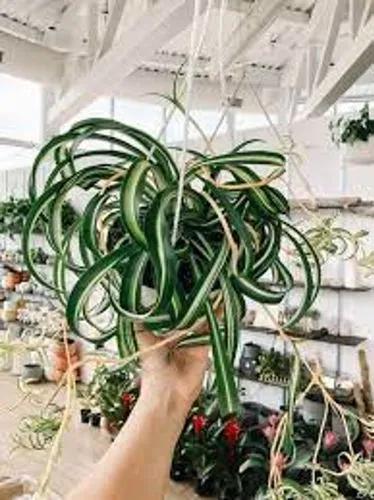s an Asian species of maple, found only in Taiwan. The species is sometimes confused with another Taiwanese tree, Acer morrisonense. This species has been known to rTree to 12 m, though perhaps as tall as 20 m in the wild; densely branched. Bark smooth, green to reddish green with faint white ‘snakebark’ striping. Branchlets slender, glabrous, light green to reddish green. Leaves deciduous, 6–10 × 2.5–5 cm, unlobed or three-lobed (rarely five-lobed), upper surface dark green and glabrous, lower surface pale green and glabrous, but for the tufts of hair in the vein axils, five to eight lateral veins on each side of the midrib, margins double-serrate, apex long-acuminate; petiole 2.5–7 cm long, yellowish green;each 20 metres tall. Leaves are non-compound, the blade narrowly ovate, up to 11 cm long by 4.5 cm wide, with serrate margins but no lobes
Asian Maple Care
Acer Caudatifolium
Other names: Caudate Maple,kawakami Maple



Unfortunately A. caudatifolium is rather tender when young, at least in its most familiar form: at Colesbourne Park, Gloucestershire a young plant of 1 m was killed outright by a November frost of –9 ºC in 2005, after two years in the ground. In the United Kingdom it seems to increase in hardiness when established (Flanagan & Kirkham 2005), but in harsher continental climates it is not successful, as a series of casualties at Rogów Arboretum has demonstrated (P. Banaszczak, pers. comm. 2007). In consequence it is rather rare, except in mild maritime climates. There are good specimens at Hergest Croft, one of Chollipo provenance being c. 8 m tall in 2006 and forming a nice straight tree, bearing fruit when seen in October of that year. A certain amount of variation in leaf shape is apparent among the Hergest specimens, but all have the long-pointed leaf that gives the species its name. It is likely to thrive best in mild, moist conditions – no doubt the reason for the success of an 8 m specimen at Mount Congreve, Co. Waterford (Johnson 2007), and it flourishes in the milder parts of the Pacific Northwest, with good specimens at both the Washington Park Arboretum and the David C. Lam Asian Garden. It can be planted as an understorey tree where there is a high canopy. A young tree is growing well at the JC Raulston Arboretum (1.8 m in 2006, from seed sown in 2001), but suffers annual dieback to the long unripened summer growths, even though planted in a sheltered site
How to Care for the Plant

Popularity

14 people already have this plant 2 people have added this plant to their wishlists
Discover more plants with the list below
Popular articles






